42 Rules for Creating We
A Hands-On, Practical Approach to Organizational Development, Change and Leadership Best Practices
Number of pages: 162
Publisher: Super Star Press
BBB Library: Communication, Operations Management
ISBN: 9781607730484
Editorial Review
In this leadership book, 42 Rules for Creating WE offers new insights from thought leaders in neuroscience, organizational development, and brand strategy, introducing groundbreaking practices for bringing the spirit of WE to any organization, team or cause.
Book Reviews
Books on Related Topics
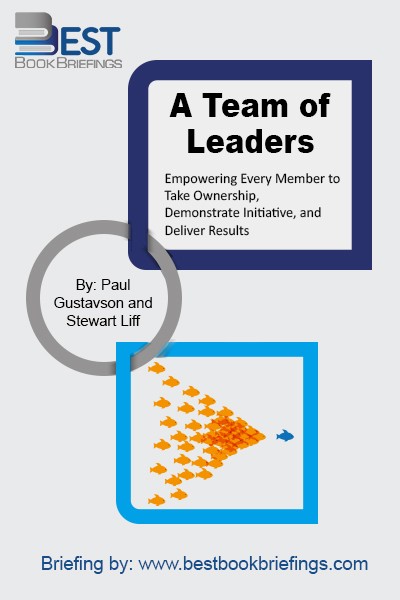
If you are a supervisor or a team leader, you know how difficult it is to run a unit or a team. You’ve the one job where everyone seems to give you a hard time; management demands improved performance, employees want you to solve their problems, other units need you to

Ray Dalio, one of the world’s most successful investors and entrepreneurs, shares the unconventional principles that he’s developed, refined, and used over the past forty years to create unique results in both life and business—and which any person or organization can adopt to help achieve their goals. Here, from a man who
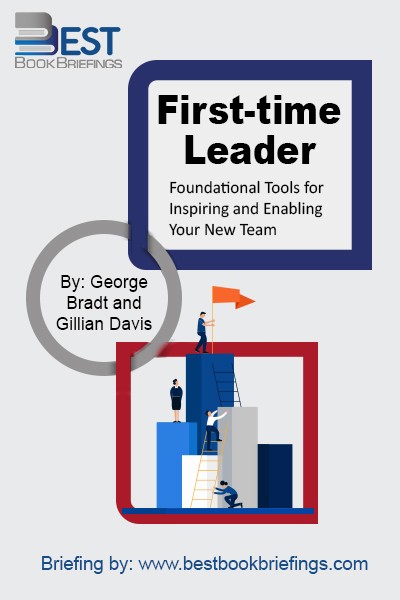
First-time Leader provides basic frameworks, processes, and tools to help first-time leaders and their teams deliver better results faster. Leading is about inspiring and enabling others to do their absolute best, together, to realize a meaningful and rewarding shared purpose. Authors George Bradt, Managing Director of PrimeGenesis, and Gillian Davis, Managing
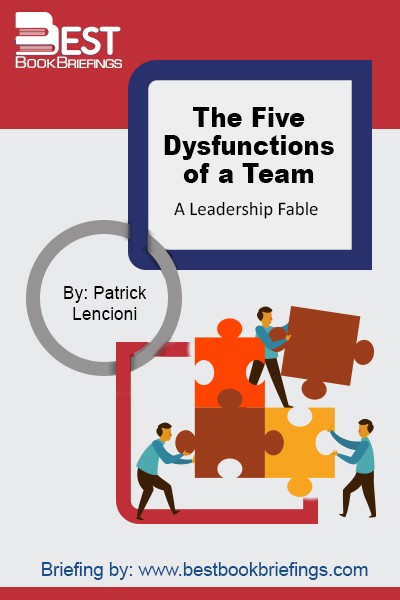
Perhaps more than any of the other dysfunctions, the leader must set the tone for a focus on results. If team members sense that the leader values anything other than results, they will take that as permission to do the same for themselves. Team leaders must be selfless and objective and
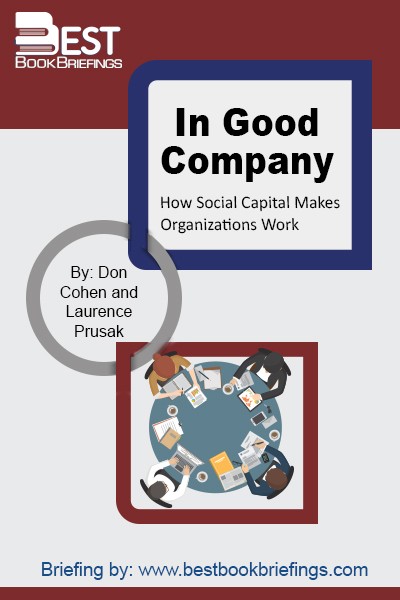
Social capital consists of the stock of active connections among people: the trust, mutual understanding, and shared values and behaviors that bind the members of human networks and communities and make cooperative action possible. It makes an organization, or any cooperative group, more than a collection of individuals’ intent on achieving
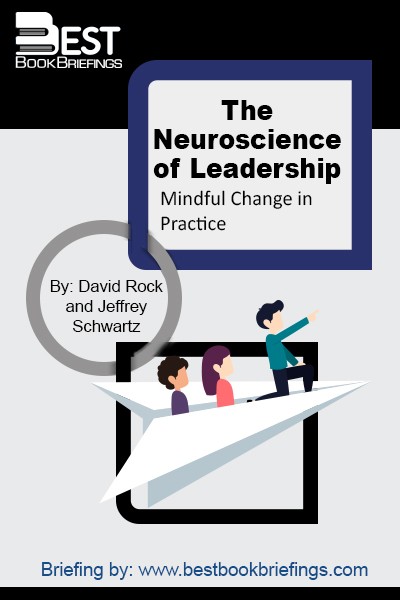
Businesses everywhere face this kind of problem: success isn’t possible without changing the day-to-day behavior of people throughout the company. But changing behavior is hard, even for individuals, and even when new habits can mean the difference between life and death. So what about changing the way a whole organization behaves?

As teams become increasingly virtual; productivity increases will be required; leadership skills will be demanded from more and more of the team's membership. Our capacity for resilience will be tested on a daily basis. However, when groups of people adapt and respond collectively, incredible things happen. This is where collaborative intelligence

At the heart of every organization chart lies a myth. At the top there’s the boss. Directly beneath are the boss’s direct reports – anywhere from five to fifteen people who meet regularly as the senior team. Whether at the corporate, divisional, functional, or departmental level, this team almost invariably has



